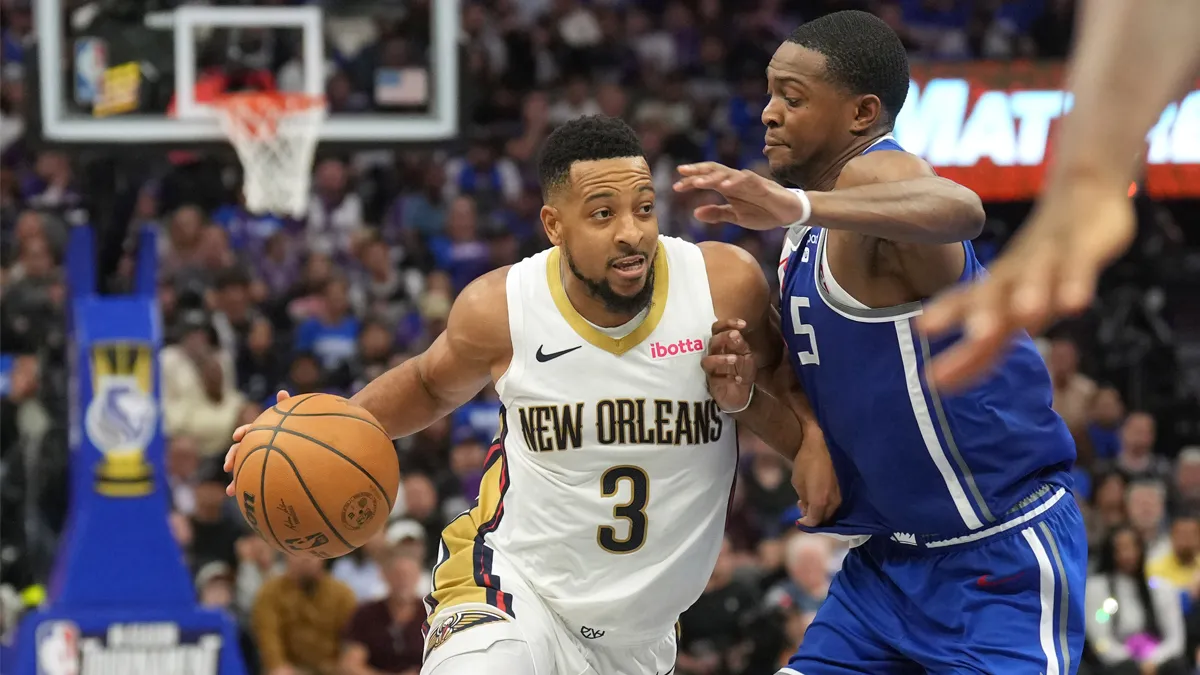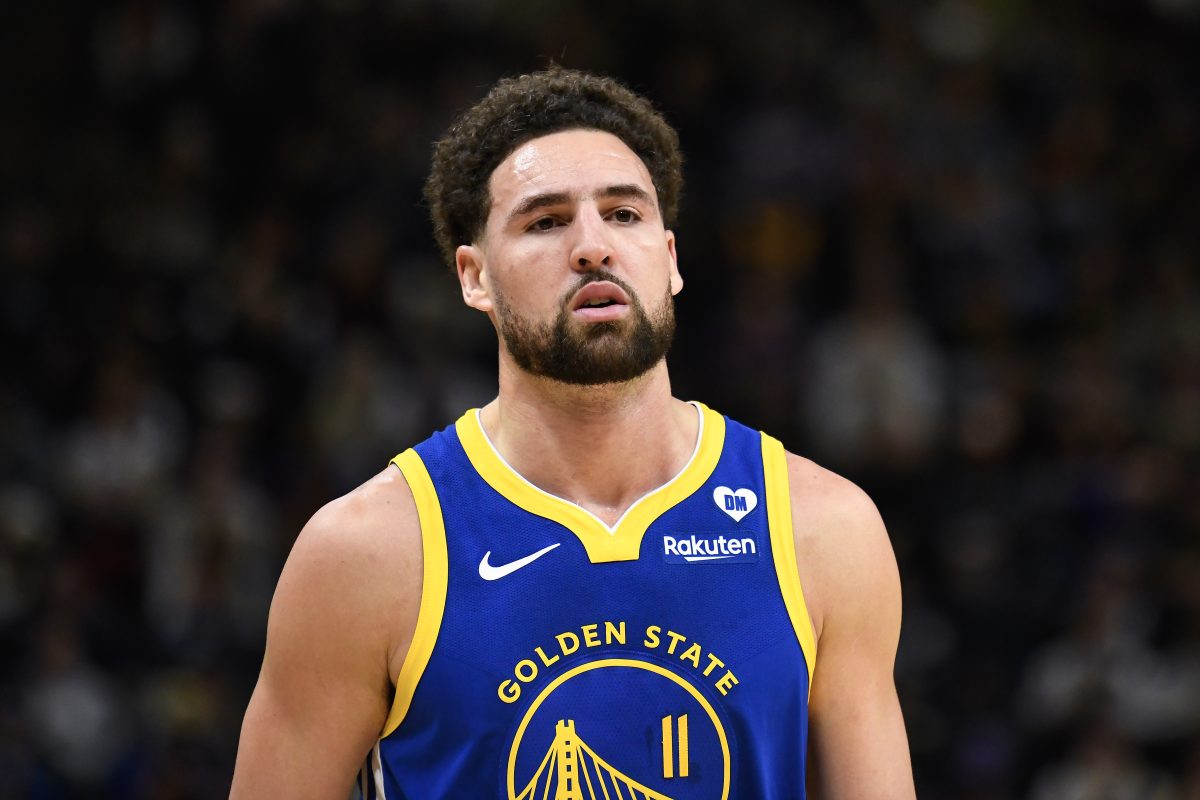Editor's note: This is the eleventh installment of NBC Sports California's "20 questions facing Kings" series that will look into pressing matters for the team once the NBA returns.
The 2018-19 Sacramento Kings were must-see TV. Win or lose, they played at a frenetic pace that turned heads around the league and led to the franchise’s best record in over a decade.
With De’Aaron Fox pushing the tempo and the team bombing away from the perimeter, the Kings, under head coach Dave Joerger, were in the playoff chase well into March, before falling off late.
Stay in the game with the latest updates on your beloved Bay Area and California sports teams! Sign up here for our All Access Daily newsletter.
Joerger was shown the door following the 39-win season and general manager Vlade Divac tabbed Luke Walton as his replacement. After posting one of the fastest paces in the NBA with the Lakers during the 2018-19 season, Walton looked like a perfect fit for the Kings’ roster.
Something went wrong in the transfer of power. After leading the NBA in pace for most of the previous season, before finishing fifth overall, the Kings came out of the gate looking like a completely different team. Gone was the flare and tempo. Gone was the identity the team had developed and thrived under.
What happened to the pace? A deeper dive shows a complex set of circumstances that compounded and made the Kings offense grind to a halt.
Shortened preseason
NBA
During the summer of 2018, Joerger turned up the heat during training camp. Veteran Iman Shumpert said he hadn’t run like that since high school. Buddy Hield reminded everyone that he was a track star, as well as a basketball player growing up.
Joerger’s club hit the ground sprinting. Even after made baskets by their opponents, the Kings would have the ball inbounded and across half-court in a few short seconds. It was gimmicky but effective as the Kings turned from the slowest pace the previous year to a team that oftentimes looked like a blur on the court.
[RELATED: Kings 20 Questions: Is team in better place since Vlade Divac hired?]
Sacramento didn’t have the same type of training camp in the summer of 2019. A trip to India was an amazing experience for the team, but it also interrupted the normal flow of camp. Walton tried to balance implementing his system by preparing his team for the rigors of an 82 game schedule, but there wasn’t extra time to run his team like Joerger had the previous year.
By the time the season opened, Walton spoke on multiple occasions about the risks of turning up the pace early in the season. Without a conventional camp, his players weren’t fully prepared to hit the ground sprinting and he was worried about potential injuries.
Injury woes
Despite Walton taking a cautious approach to the team’s pace, injuries piled up anyway. Marvin Bagley broke his thumb in the final moments of the team’s season opener in Phoenix. That was the first of a series of injuries to the 2018 No. 2 overall pick.
With Bagley on the bench, Walton turned to veteran power forward Nemanja Bjelica to eat minutes. While very skilled, Bjelica doesn’t play with the same speed and athleticism that Bagley does. Bagley posted a pace factor of 104.19 last season when healthy for much of the season. While Bjelica played at a pace of 105.31 last season, his pace has dipped to 99.12 this season.
In addition to Bagley, Fox went down with a severely sprained ankle before the Kings’ 10th game of the season. This injury caused Fox to miss 17 games and Walton filled his minutes with veteran Cory Joseph.
While Joseph kept the Kings from completely falling apart, he also plays at a completely different pace than Fox. On the season, Fox runs at a pace of 102.07, down from his 105.57 last season. Joseph posts an overall pace of 99.35 on the season, but as a starter in Fox’s absence, that number drops to 97.16.
The pace issue isn’t all on Bjelica or Joesph, but it is one of many contributing factors. Walton played to the strength of the players he had to work with. Losing Bagley for all but 13 games of the season and Fox for a 17 game stretch forced the team to rethink their strategy.
Walton also lost the services of Bogdan Bogdanovic for 11 of the first 41 games due to a series of leg issues. Outside of Fox, Bogdanovic is the Kings’ best playmaker. Losing him for stretches hurt the Kings’ ability to run a fully functional offense.
Philosophical changes
Walton wants to push the tempo, as was seen by his Lakers squad the previous season. But he was also brought in to implement a new sustainable offensive and defensive system that would help the Kings get through the ups and downs of a long season.
Joerger had the same plan, but he understood that in his third season in Sacramento, he needed wins in order to remain the team’s coach. The plan to play with pace was always going to be a staple because it plays to the strength of the personnel, but as the Kings players matured, Joerger planned to build in more failsafes and structure.
Before the season was put on ice, the Kings ran a pace of 99.08, but they posted a 100 pace or better in each of the last three months with Fox healthy and back at the helm.
It’s possible that the pace would have continued to pick up in the final 18 games as the Kings fought for a potential postseason spot.
[RELATED: NBA rumors: Kings get Orlando hotel assignment, protocols for restart]
Conclusion
There is hope that the Kings will get back to the exciting brand of basketball they played during the 2018-19 season, but it’s not as easy as it sounds. They will have an eight-game window to finish off the current season in Orlando, with an opportunity to make it to a play-in game or two and possibly a postseason berth.
The easy answer would be for the Kings to come out in their eight games and run teams off the court, but once again, there is a very short window to get the players into the type of shape they would need to be in to implement this plan.
While the 2020 offseason will be shortened and there are major potential changes coming to the Kings’ roster, the focus for Walton should be on continuing to build a base that is sustainable in Sacramento. Hopefully, that comes with an increased focus on pushing the tempo and playing to the strengths of the roster.


